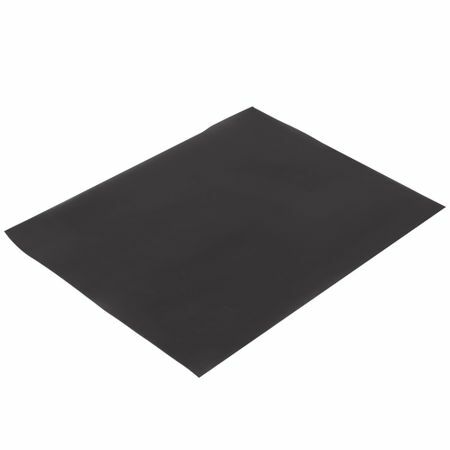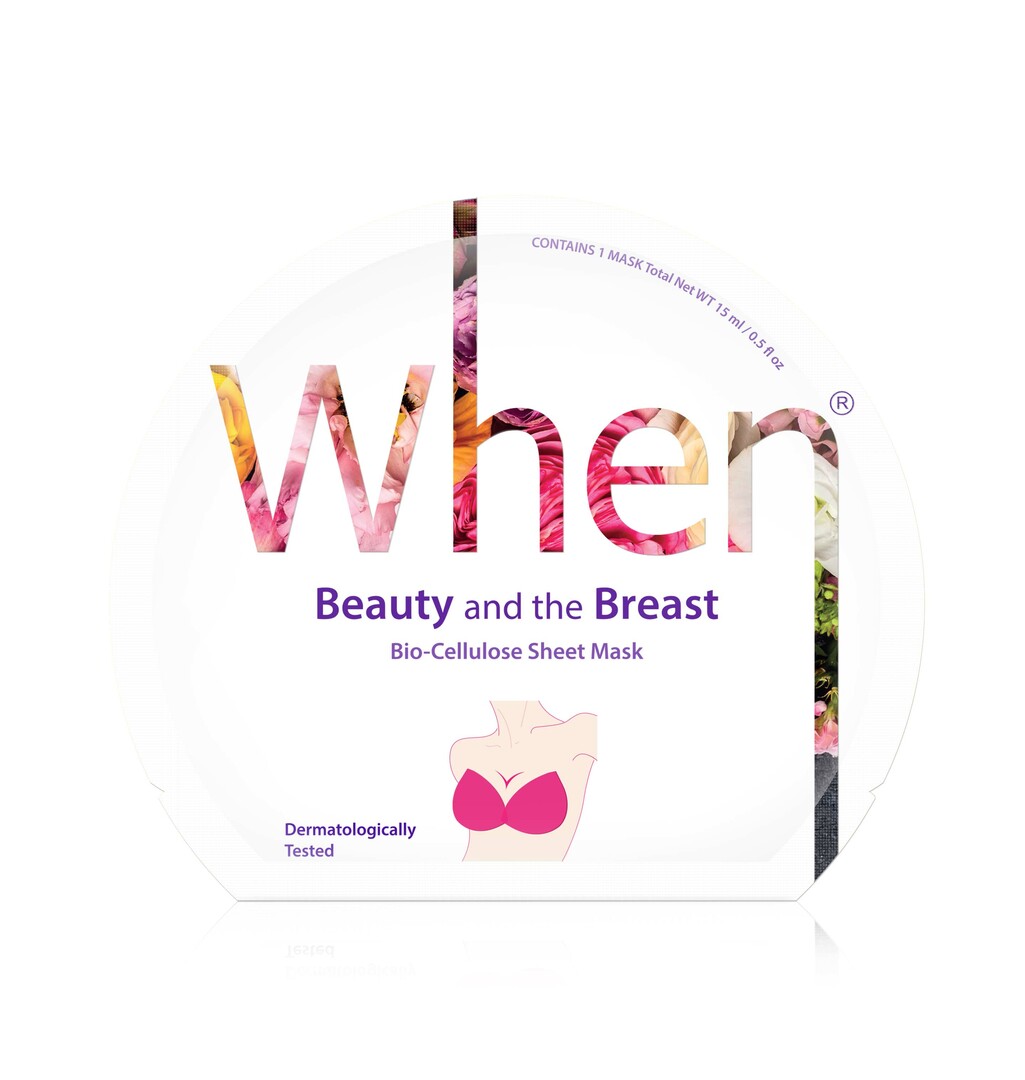Often there is a desire to make some changes to the interior design. Painting decorative stone plaster, concrete or cement makes it possible to obtain an excellent finishing, beautiful and practical at the same time. The very work associated with painting, can not be considered too complex, but certain technological nuances, of course, available. You will receive an updated interior with very low costs.
Content
- Tips for painting
- The painting
-
Brush or Airbrush
- Self-staining: pros and cons
- Preparation of stone and paint to work
-
paint on gypsum technology
- The mass
- surface method
- The final stage of painting
-
unusual coloring
- Under the old marble
- under terracotta
- Creating the bronze
- Staining using Stains
- conclusion
Tips for painting
To work on the coloring is successful, we must first prepare the necessary materials. You will need:
- Sponge rubberized material;
- Sandpaper;
- A piece of cotton fabric;
- Paint sprayer;
- Sanding nail file;
- Degreasing solution;
- Paint;
- Set of brushes;
- Impregnating suspension;
- Compressor.

It can not be used in the dyeing decorative stone paint brushes (Brushes) and rollers. Expenditure of paint at the same time greatly increase, and on the surface appear unsightly streaks.
Colored finish with decorative stone is often used in landscaping and facade work, so the choice of the paint should be treated particularly responsible.
Painting provides for compliance with certain rules:
- Stone dried before staining for 24-48 hours;
- Facing the old pre-sanded, the paint does not crumble;
- Impregnation is used strictly in accordance with the instruction. It is also important to consider the compatibility of impregnation with dyes;
- To glistening surface may be used lacquer. However, it does not always looks nice, because the effect of the natural material is lost.
If you follow these tips, the coating will look natural, and the paint will last a long time.

The painting
For the decoration of a good man-made stone can be used acid or acrylic paint. These dyes penetrate deep into the structure of the stone, dries quickly, is resistant to fading. Before you start staining sure to check that the composition was in working condition, I had no clots. If necessary, the paint is diluted with water and diluted primer. Here is a brief description of the dyes:
- Acrylic. It is with water-based solution that is ideal for coloring stone plaster. It is elastic, resistant to external influences, not crack over time.

- Silicone and silicate. These dyes are mainly used for the exterior. Binders in these compositions - silicone resin, and water glass. The advantage of such coatings, in addition to aesthetics, - long working life. He is about 20 years.

- Copper and iron sulfate. These solutions were used as impregnation. They help increase the durability staining. Vitriol attached facing a yellowish tint, copper - blue.

- Mordant. For painting plaster and cement decorative materials used acid stain or composition of the woodwork.
See also:Decorating furniture with their hands + 40 photo ideas

In addition, staining is used impregnation with a "wet" effect, as well as dyes that make the gypsum-like natural. Using the varnish provides a matte or glossy finish with glitter. The paint does not just decorate, but also protects the surface from wear over time.
To obtain maximum lacquer durable, it is applied in two or three layers. At the same time, the stone becomes somewhat darker shade.

Brush or Airbrush
What used to paint - brush or an airbrush? - a question asked by many novice master. Both ways of doing the work can be applied. Airbrush advantage is that it sprays the paint. The result is a uniformly dyed surface and monotonously. By varying the distance from which the paint is applied, it is possible to attach a stone plaster of different shades. Airbrush is perfect for smooth transitions between shades and blackout convex portions. It is advisable to use several nozzles with different colors. This will speed up the work and will provide extraordinary beauty of the result.
On sale there are different types of airbrushes. Painted decorative stone can be most budget airbrush - spray gun. It is important when buying pay attention to the compressor. On it depends the quality of the coating composition on the stone.

Using the brush causes the stone to stain unevenly. Whatever quality brush may be, drips and stains can not be avoided anyway. But it is indispensable for the application of lacquer on torn areas of the lining. You can not hurry handle every pebble, inducing or, on the contrary, weaken the halftones, decorate his veins, typical of natural stone. The technology is the simplest: to dip the brush in the selected composition and painting.

The peculiarity of gypsum is that it absorbs the dye evenly. However, this should not be afraid, because the cladding is obtained similar to natural stone.
Self-staining: pros and cons
The main advantage of painting decorative stone with their own hands is a choice of materials and colors so that the tiled surface is in harmony with the home interior design. Painted surface can mimic stone, wood or masonry. Possible to use several colors, smoothly transitioning from one to another. The lack of just one: work laborious, requires commitment, creativity and, of course, the desire to do something on their own. Otherwise, you risk to spoil everything.

Preparation of stone and paint to work
Before applying the surface of the dye should be carefully prepared:
- Remove dust and dirt without too moisturizing wherein a surface;
- If necessary, the surface is ground;
- Decorative stone is treated by impregnation, and then dried.

Optional visual inspection of the decorative stone. It should not have any flaws.
To paint a new stone is easier than to repaint the old, because there is no need to polish. It is enough to wash the surface impregnation process 2-3 times, and you can immediately get to work.
See also:Decor Shade - Methods and decorating ideas with their own hands





paint on gypsum technology
There are several methods of applying dye to the liner. You can paint the plaster as a decorative stone before laying, and after it. Stain each stone individually desirable beginner masters. If you have any experience in this work, it is better to paint already lined wall. So you can more objectively evaluate the result. Tiles will look natural and fit into the interior better. However, in this case it is necessary to take into account such things:
- Responsible approach and patience;
- A preliminary compilation of the staining of the plan;
- Proper selection of tinting combinations;
- Calculations of shadows and light.
It is advisable to paint plaster decor two or three non-contrast colors. It should not be too zealous with a lot of shades, because the plaster absorb the dye unevenly. One and the same color can give several different tides.
Consider the most effective color options.

The mass
This method is considered the best and easiest. In this case, the pigment powder is mixed directly into the gypsum, intended for casting stone decor. Obtained decorative stone, painted inside. In case of accidental damage will not occur white base. The convex portions stones can paint over a conventional brush. The dye solution thus has such a composition.
- Pigment - 0.5 hours. spoons;
- Water - 0.2 l;
- Acrylic Primer - 0.2 liter.

Once the stone has hardened, is to get it out of the mold, put on a level surface and apply a water-soluble varnish. There is this method and the lack of stone does not look quite natural, especially when considering the close.





surface method
This is more time-consuming process, which allows, however, to achieve the maximum similarity with natural wild stone. Coloring pigment (or several) diluted in water, a brush dipped into the solution and impregnated stone. By adding 30 to 50% acrylic primer stronger coloration is obtained. After the "background" is prepared, the individual stones and lots cover a darker shade. Excessive worry about the selection of the palette is not necessary, since each time the plaster absorbs the dye differently. Even the same type of paint plaster parts are equally impossible.






The final stage of painting
After surface treatment is completed, the left cover it with several layers of lacquer. Sometimes the stage with varnishing passed since many people like a natural matte finish cladding, reminiscent of natural stones. If the acid paint coating, the surface was washed and dried was used. it is then covered with a hydrophobic compound.
See also:Decor Valentine's Day - decorating ideas for the holiday with their own hands

unusual coloring
In addition to painting by conventional formulations, there are some non-standard options that will create with their own hands a magnificent "palace" interior decoration house or apartment.






Under the old marble
If the effect of the aging of the surfaces you like, you can make the artificial stone resembles an ancient marble. color technology is as follows:
- Acquired facing material is kept in a dark room 48 hours. If an artificial stone made independently of its pre-dried. The maximum permissible drying temperature is 55 degrees;
- Heated drying oil. This work requires the utmost care, it is necessary to carry out its protective gloves;
- Using hammers finishing brush material is coated with drying oil, preferably in a 2 layer. Care should be taken so that the stone has been treated equally, with no gaps;
- It remains to wait for some time, and soon the plaster surface is colored streaks as antique marble. It turns a great finish for the kitchen or the fireplace area.






under terracotta
The surface is processed by means of a terracotta rosin and shellac varnish, which are dissolved in a technical alcohol. The principle of applying paint is the same as in the staining marbled. terracotta effect is also seen in some time.

Creating the bronze
For the bronze on the surface of the prepared materials and perform actions in a certain order:
- Varnish applied to the surface so that it is well impregnated gypsum;
- The product is dried. Usually, it takes 8-10 hours;
- The bronze powder is mixed with a varnish and then treated with a 2-layer product;
- The material was thoroughly dried;
- A mixture: 0.3 liters of water - 0.1 l acetic acid and 10 g of silver nitrate;
- Applied to the surface a thin layer of bronze powder top coat solution. When this occurs the oxidation reaction;
- The surface is wiped with a piece of velvet.

To enhance the effect of the surface of plaster applied wax dissolved in turpentine. This should be done until the material is saturated with a solution (the latter will cease to be absorbed). Liner with such a coating can be washed, while it will not lose its properties.





Staining using Stains
Stain provides a very interesting and unusual surface. You can apply it with a gun, but the best result is obtained by dipping the product in solution. Warm up a little stain, dip into it for a couple of seconds, gypsum, and then dry. If necessary, the product is pre-rubbed.

conclusion
As you can see, decorative stone painting - not a very complicated matter, but it requires care. If you follow the instructions for applying coloring compositions - you have a chance to perform the work as "excellent" and get a result that will please you for a long time.



